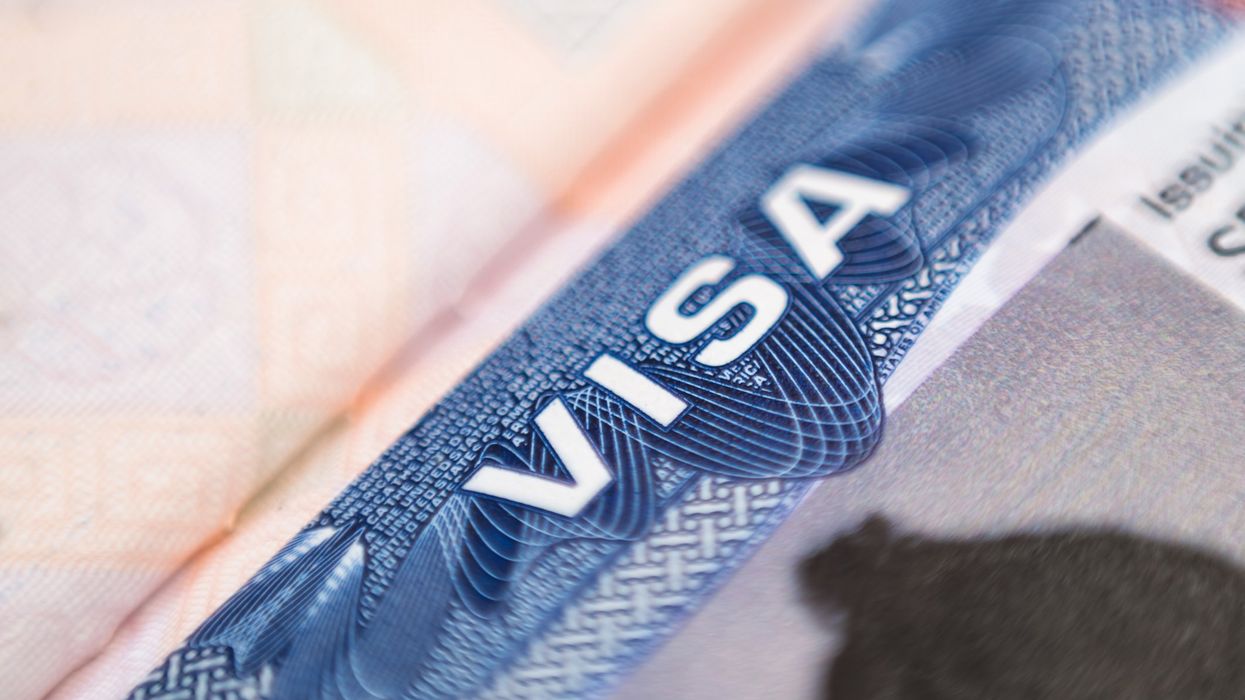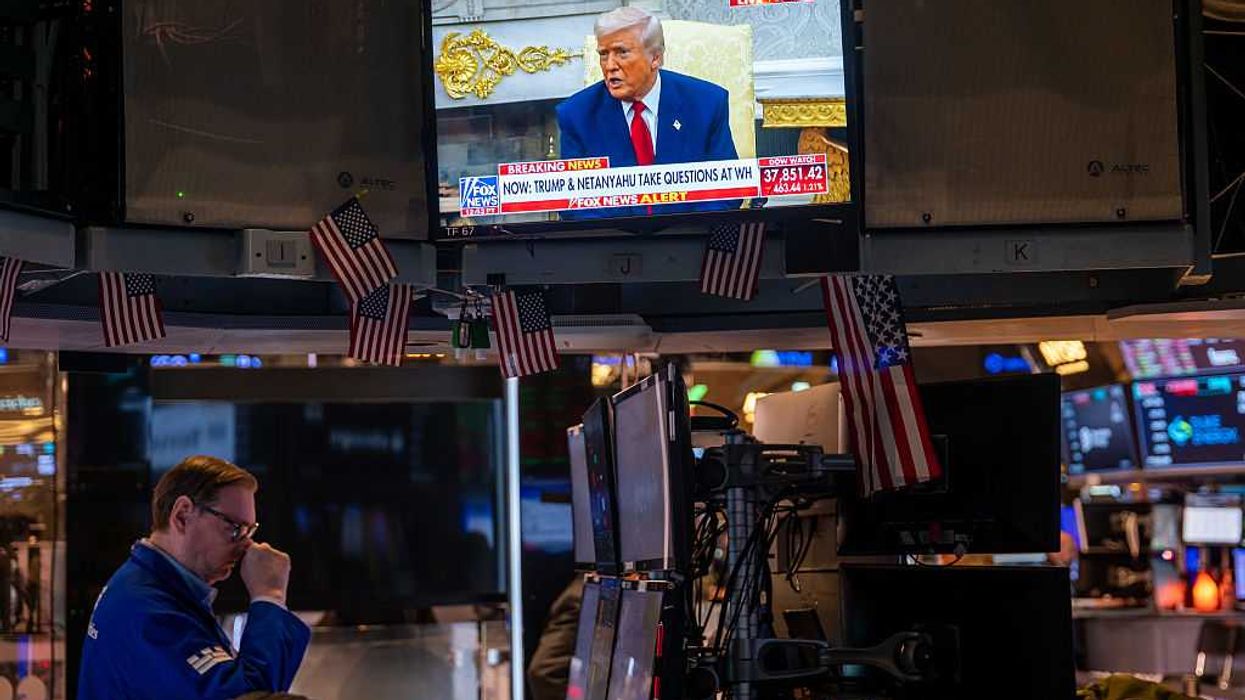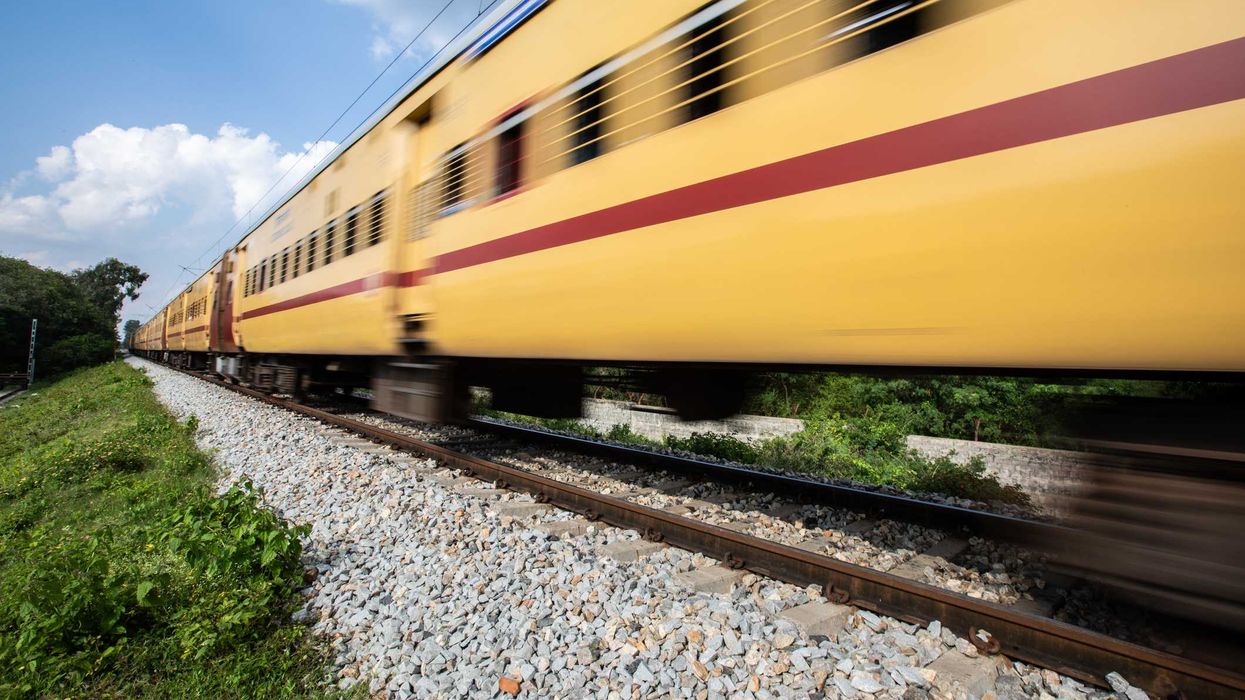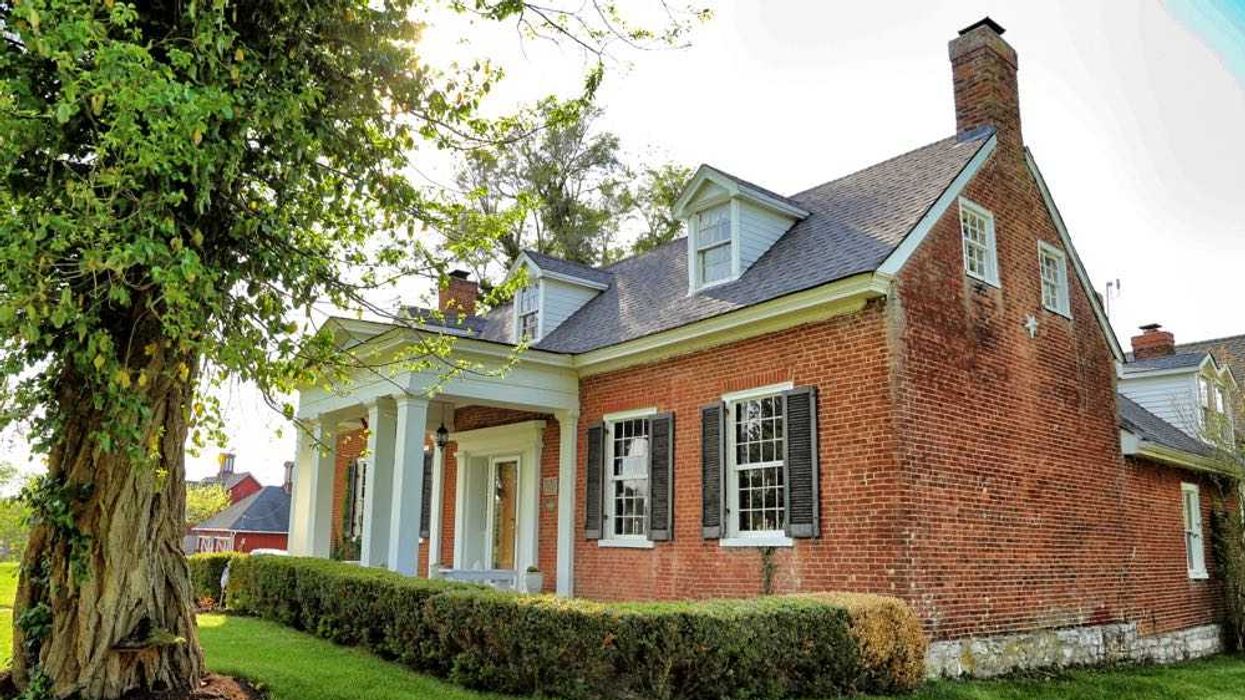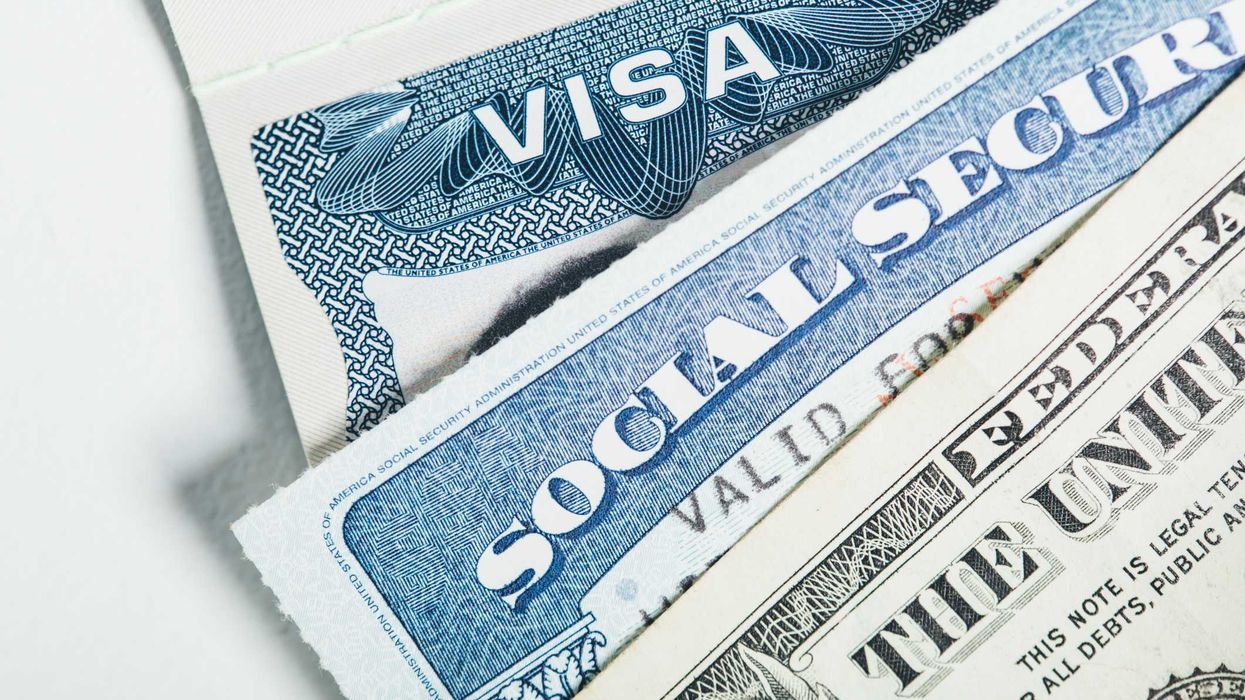A few weeks ago, when new proposals limiting J and F visa expansion were open for public comment, immigration quickly became a hot topic again at our research center, where more than half the scientists come from abroad. Some worried about their plan, others traded news and updates about the H1-B. A colleague asked if I was anxious too. To my own surprise, I wasn’t.
I used to be. But after weathering turbulent visa policies under different U.S. administrations, like many other international scholars, I have learned to stay flexible and mobile. My U.S. visa for a graduate program was delayed due to tensions between the U.S. and China several years ago. Up against a deadline for the program, I pivoted to Japan to continue the research training. What felt like a closed door became a new window: I fortunately joined a world-class team in tissue-engineering vascular medicine, broadened my view of clinical care and research, and began bridging my path as both practitioner and scientist. Committed to strengthening the “bench-to-bed” pipeline—learning real-world needs and translating research to meet them—I chose the United States again to carry this work forward.
This country’s greatest draw is its inclusive system, which offers fertile ground for turning advanced technologies into reality. Having lived within multiple contrasting systems, I have come to see how the political environment can nourish or stifle science and society. Back in China, a collective yet relatively closed model can drive rapid policy responses, but decision-making often concentrates within a narrow leadership circle, limiting diverse perspectives. I have seen too many losses and setbacks because of a rigid system. One recent example in my specialty: due to device-approval constraints, a technique that can reduce stroke in carotid artery patients with high risk has only recently been introduced in China, despite more than five years of use and published evidence in Western countries. Given China’s vast and accelerated aging population, how many targeted patients could have benefited from the early adoption under a more flexible, inclusive system? Similar constraints have been echoing in many other sectors.
Familiar with that pattern, I seem to sense a similar unease now, and I hope I am wrong. Reports in August of nearly a one-fifth decline in international students' travel just as the fall semester was beginning brought back memories of my own delays several years ago at the height of U.S.—China tensions. This time, though, the delay and decline seem broader and less targeted. Domestically, the increasingly unwelcoming atmosphere appears to mirror signals from the current administration. One major group of international students is for STEM programs—the backbone of the innovation pipeline in the United States. With the dramatic decline due to the policy, this question may arise: Does the system still hold the flexibility and openness that once drew the world’s brightest minds? With the drop in international students coming to the U.S, the strain between academic institutions and the Trump administration is already undeniable.
Nonetheless, no matter how turbulent the moment may be for immigrants in the United States, we have to admit that the country still sustains a remarkably robust ecosystem for science, innovation, and democratic possibility—the foundations that have long made it great. However, the global dynamics are shifting. Spurred by uncertainty, other nations are building their own ecosystems for growth and discovery. Individuals have made the decision to relocate to fulfill their dreams and contribute their skills, and the flexibility and mobility gained along the way may guide them again—to wherever openness and inclusivity allow the relocation and contribution. Of course, I hope I am wrong—again.
Dr. Wei Zhang is a postdoctoral researcher of Cardiovascular Medicine at Yale University and a Public Voices fellow with The OpEd Project, specializing in vascular surgery and public health.




